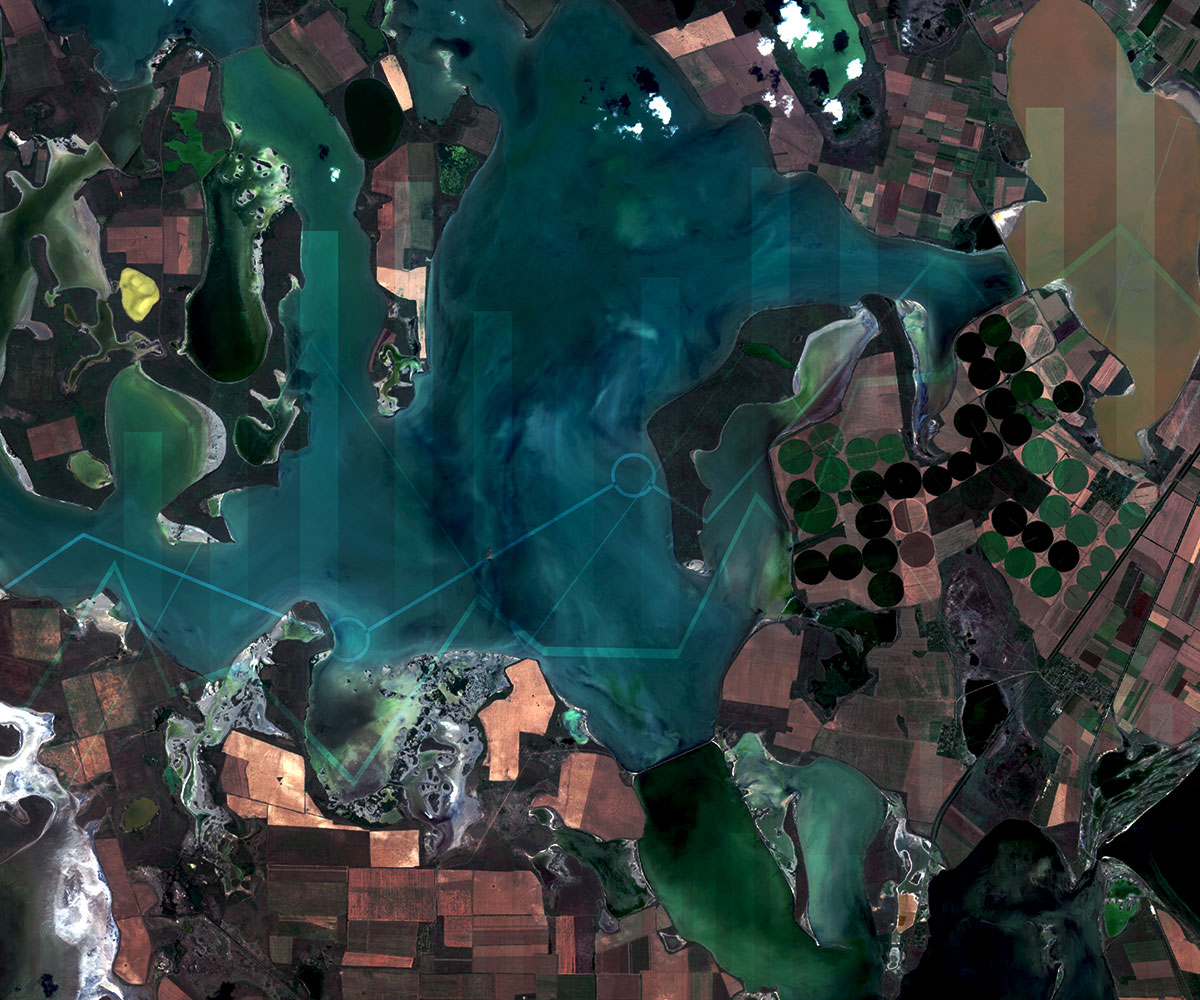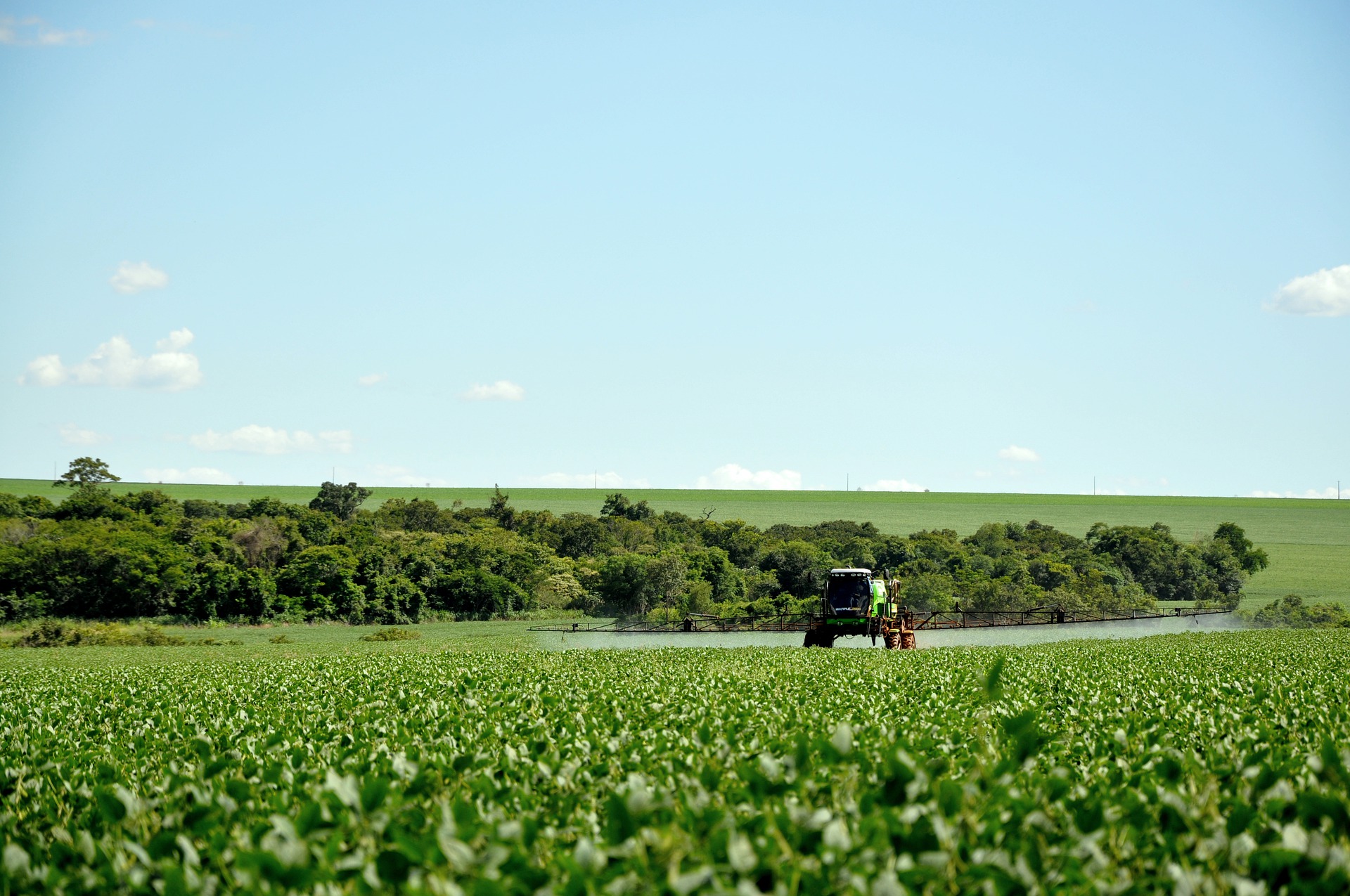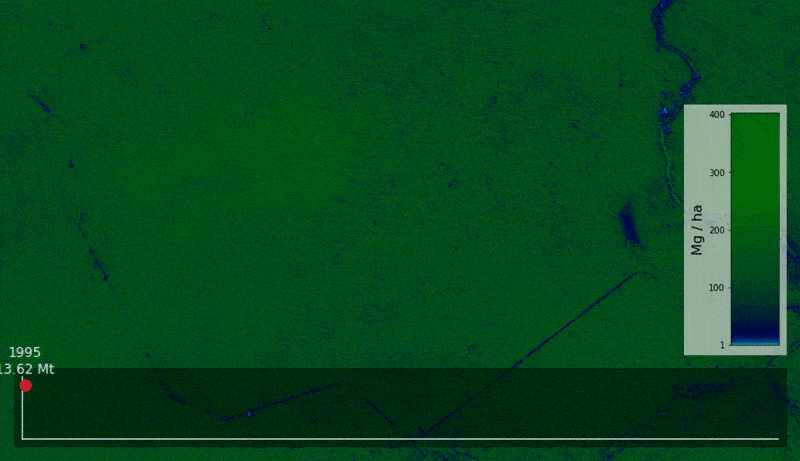Article category: Consumer Goods, Climate Solutions
The Role of Remote Sensing in Scaling Regenerative...
Scaling regenerative agriculture is possible with remote sensing through a data-driven experience...
Article category: Consumer Goods, Climate Solutions


Agrifood businesses face many challenges developing programs to address biodiversity and climate impacts. One of those is scaling geospatial solutions across vast commodity sourcing footprints.
At the same time, persistent issues related to margin compression, digital transformation, and competition from algorithmic traders are forcing executives to look for supply chain efficiencies wherever possible.
While these challenges may seem disconnected, this paper on How Commodity Forecasting Can Pay for Your Sustainability Initiatives explains the geospatial link between market forecasting capabilities and sustainability initiatives—and, more importantly, how the former can actually help pay for the latter.
Using data from satellites, weather, AIS, market data, and other diverse sensors, consumer goods companies can analyze vegetation indices, weather anomalies, and even vessel positions to make more informed hedging decisions. This kind of sophisticated analytics typically generates annual savings in the $3–5 million range, which is money that can be freed up for a more robust sustainability program.
What’s more, the same kind of data used to improve commodity forecasting can also be used to detect deforestation and other land-use emissions to assist with supplier grievance response.
Example: Companies can integrate Descartes Labs' highly accurate agricultural growing maps with weather data to estimate acreage and yield for market forecasting and use those same maps as inputs to determine deforested acreage in the supply chain, including estimated measurements of the amount of carbon lost.
“Geospatial data breaks down the world’s complexity in measurable ways,” says Erika Randolph, Director of Sustainability at Descartes Labs. “Large agrifood companies rely on the data we provide about land use and weather patterns to illuminate previously opaque supply chains and forecast commodity market prices. They save millions on purchasing, and get the added benefit of achieving important sustainability goals faster.”
While about 30% of Fortune Global 500 companies have voluntarily made commitments to become carbon neutral and/or achieve Net-Zero emissions targets, it’s apparent that new regulations will compel firms to achieve these goals in the very near future.
Sustainability has always made good business sense, even if it’s been inconvenient or costly. But now, when a business can reap the rewards of being a good environmental steward at no additional cost, there’s no reason to delay big projects any longer.


Article category: Consumer Goods, Climate Solutions
Scaling regenerative agriculture is possible with remote sensing through a data-driven experience...

Article category: Consumer Goods, Climate Solutions
Descartes Labs' Applied Scientist Rose Rustowicz shares insights with members of The Sustainability...

Article category: Science & Technology, Climate Solutions
Figure 1: An interferogram from a pair of collections made during descending passes. The fringes to...

Article category: Science & Technology
Leveraging satellite imagery for machine learning computer vision applications using the Descartes...